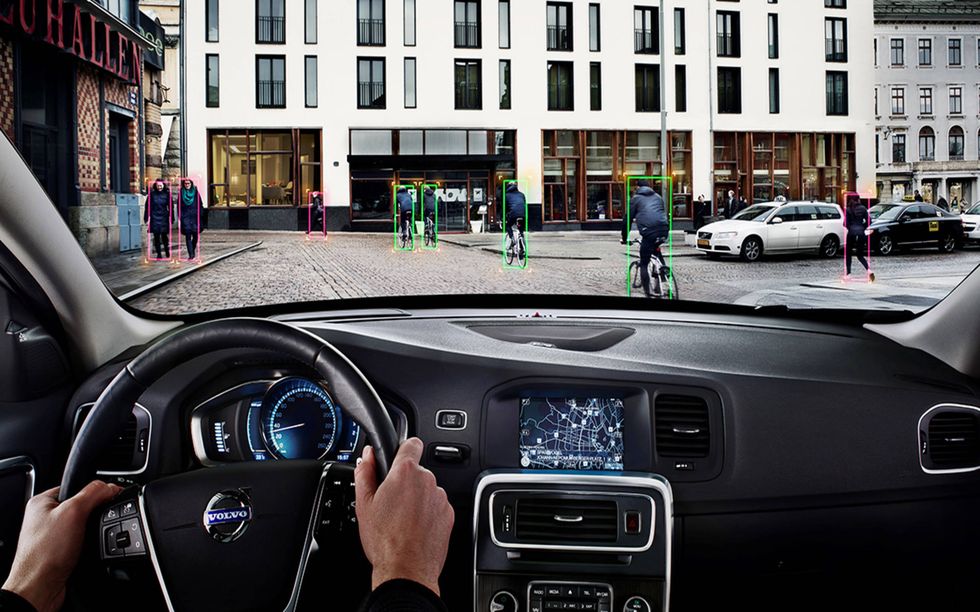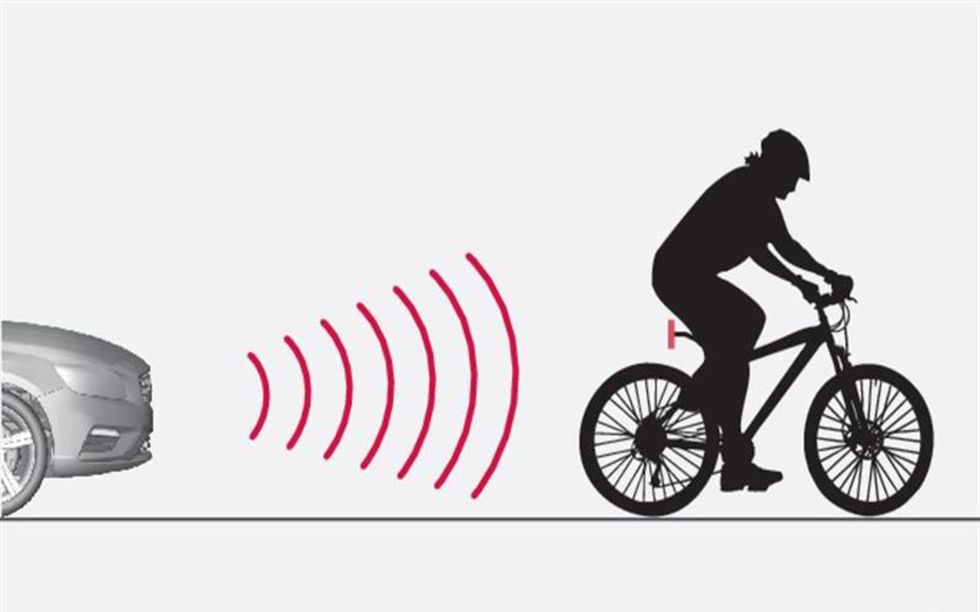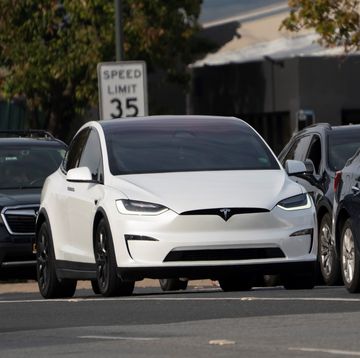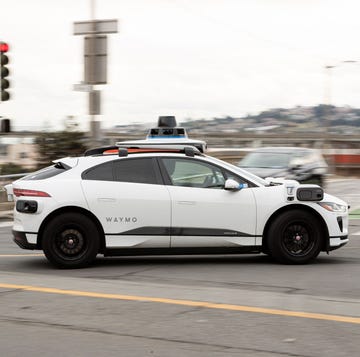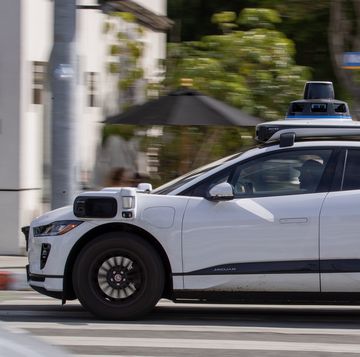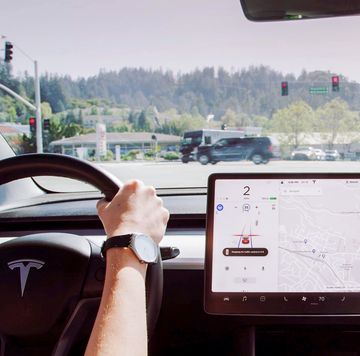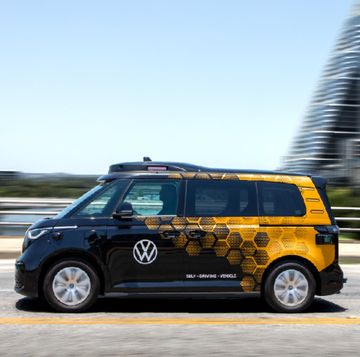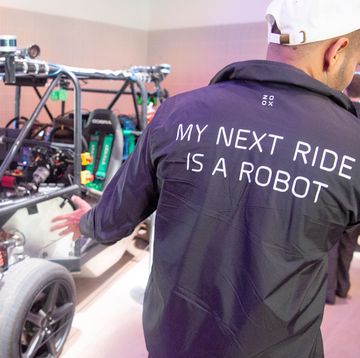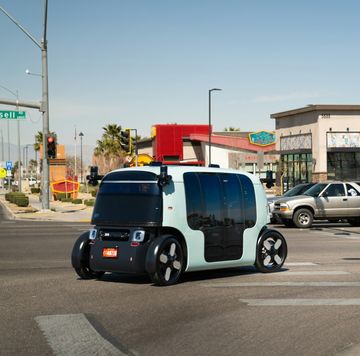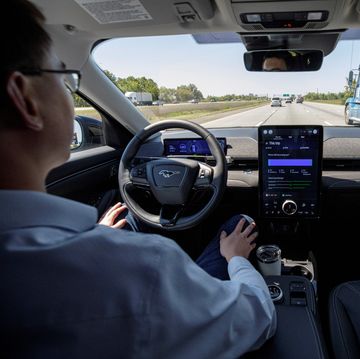Until recently, vehicle-mounted radar sensors and miniature cameras have mostly focused on the relatively simple task of monitoring the position and speed of large, solid objects in front of a vehicle (ie: other cars and trucks). Now automakers are offering pedestrian and cyclist detection and collision avoidance systems designed to track much smaller -- and more complex -- moving objects in a car's path, warning the driver and applying the brakes if necessary. But how do these systems work?
Volvo's pedestrian and cyclist detection system, which debuted in 2013, uses a radar unit integrated into the car's grille, as well as a digital camera embedded in the interior rear-view mirror, to monitor a field of view several yards in front of the car. Data from both systems is sent to a central control unit which can distinguish and classify the moving objects, using their size and speed relative to the car itself to distinguish between the two. The radar and the camera can track the movements of both pedestrians and cyclists using their predicted travel paths, and if a collision risk is imminent the system can sound an audible alarm and then automatically apply the brakes.
The radar and camera play different roles, but they both need to confirm the object in order for the system to take action: The radar detects objects and tracks the vehicle's distance to them, taking the vehicle's speed into account, while the high-resolution camera determines the type of object based on its movement pattern, height and size.
"In order to help detect a cyclist, the system has to receive clear information about the contours of the cyclist's body and the bike," Volvo says. "It has to able to clearly detect the bike, the cyclist's head, arms, shoulders, legs and upper and lower body combined with the person's pattern of movement when cycling."
Crucially, the image and radar processing software can detect bicyclists moving alongside and ahead the car on the side of the road or in specially marked bicycle lanes, and not apply the brakes unless a cyclist enters the car's path. This distinction is important -- in urban areas bicylists often travel alongside vehicles, but earlier and less sophisticated radar systems that only reacted to large objects couldn't pick out smaller obstacles or react if they entered the car's path.
Despite advances, there are still limitations: The radar and camera face forward, so they cannot detect bicyclists traveling directly beside or behind the vehicle (in most instances the blind spot warning system will do that), and the bicycle itself needs to be adult-sized and feature a rear reflector. If those requirements aren't fulfulled, the system will still track the bicyclist and react as if it was a pedestrian. Another limitation is difficulty identifying either obstacle in low light or at night.
The next generation of such systems, which will likely use solid-state LIDAR laser object tracking, are expected to address the current limitations.

Jay Ramey grew up around very strange European cars, and instead of seeking out something reliable and comfortable for his own personal use he has been drawn to the more adventurous side of the dependability spectrum. Despite being followed around by French cars for the past decade, he has somehow been able to avoid Citroën ownership, judging them too commonplace, and is currently looking at cars from the former Czechoslovakia. Jay has been with Autoweek since 2013.
